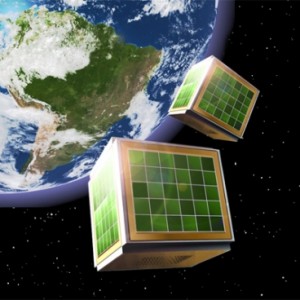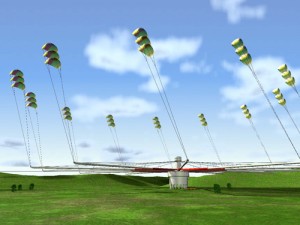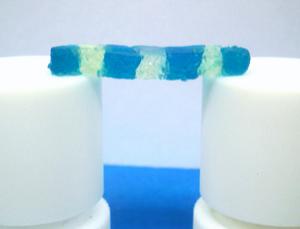Power for Cube Satellites

An electric propulsion technology for miniature satellites aims to give them more mobility — and may eventually allow them to take on deep-space missions. Right now, 10 to 15 Rubik’s Cube-sized satellites are orbiting high above Earth. Known as cube satellites, or “CubeSats,†the devices help researchers conduct simple space observations and measure characteristics of Earth’s atmosphere. Read more


